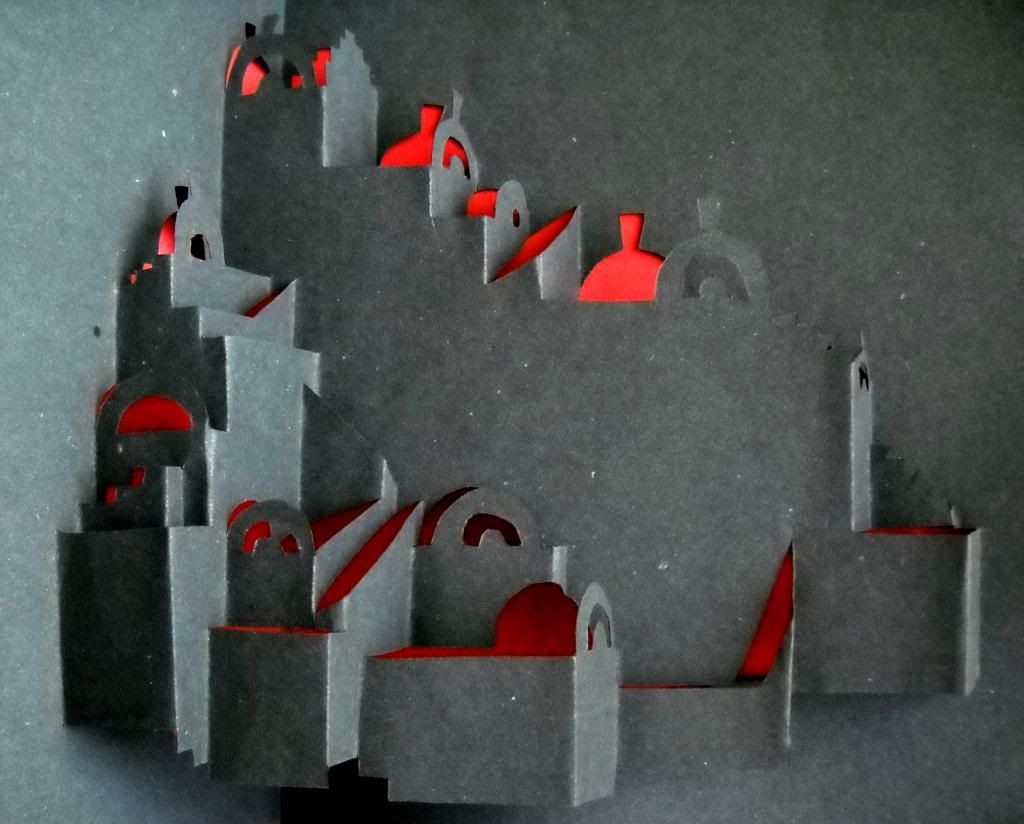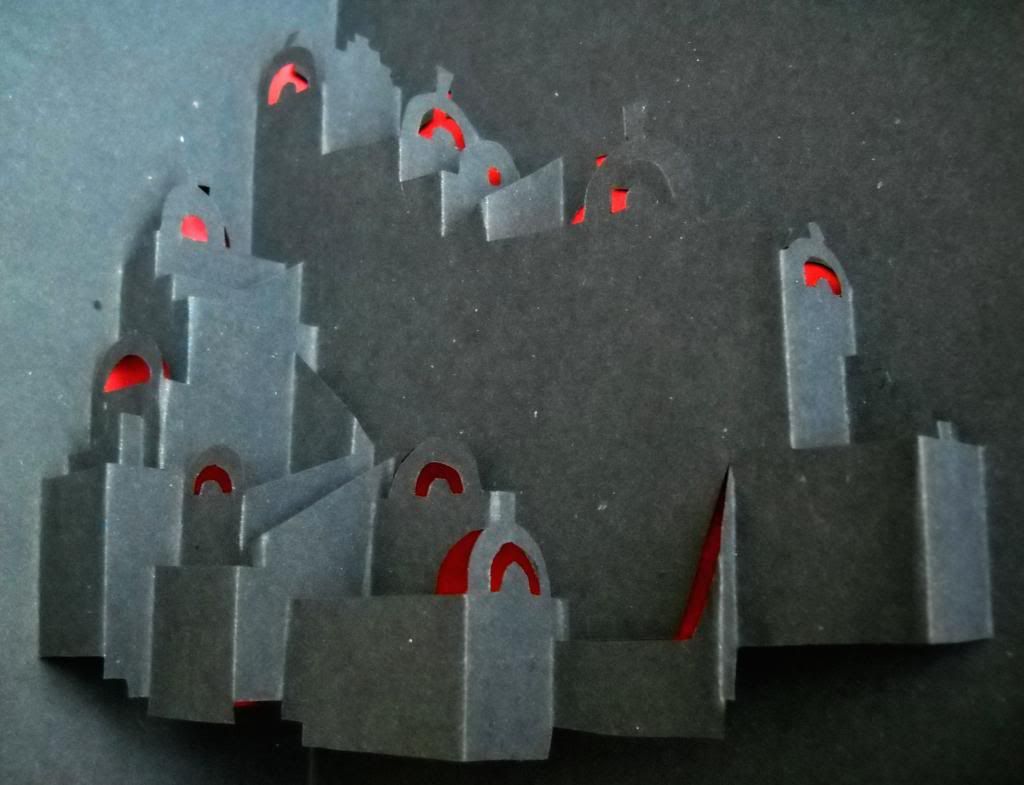Ruins don’t encourage you to dwell on what they were like in their heyday, before they were ruins. The Colosseum in Rome or the amphitheater at Leptis Magna have never been anything but ruins. They’re eternal ruins. It’s the same here. This building could never have looked more magnificent than it does now, surrounded by its own silence. Ruins don’t make you think of the past, they direct you toward the future. The effect is almost prophetic. This is what the future will end up like. This is what the future has always ended up looking like. (Source)
If I wanted some text tattooed onto me, it would be taken from this passage, but I'm afraid it's quite long. It's also hard to distill into a phrase without sounding cheesy, and anyway, I've had too many strange skin problems to brave a possible ink allergy now.
The point is that I really, really, really like ruins and the idea of ruins: Jorge Luis Borges's city of the Immortals, the vision of the future in Alan Wiseman's "The World Without Us", the abandoned cities in "The Martian Chronicles" by Ray Bradbury, the ghost town that is Jinhua Architecture Park, the strange Sarangani hotel inhabited by three dobermans and a shih tzu, the fantastic buildings in the paintings of Arturo Luz, and so on.

You might argue that Luz's paintings aren't of ruins; the lines of the buildings are too clean. But look at them: the sky is blank, the landscape is bleak, and there's no sign of a human apart from the buildings themselves. They might as well be ruins — but that makes them more, not less wonderful.
Ruins are two things to me: a reminder that the only thing constant is entropy, and a challenge to make something that entropy will take at least a few centuries to wear down.
For this week's craft, I did a kirigami model of one of Luz's painting-buildings, "Rajasthani Palace." Ever since I saw his works on exhibit, I wanted to make models, and "Palace" felt like a good place to start.

Arturo Luz, Rajasthani Palace, 2008, 36 x 58 in., The Crucible Gallery


It's definitely less durable than stone columns, but I really enjoyed working on it. I liked the challenge of figuring out how much space the building and its sections might occupy. I liked imagining where each section began and what certain lines were for. The limitations of kirigami also meant that the building was more square than sprawling, and some parts couldn't join where they join in the painting. But that just added to the fun of the project.
If I had any frustrations, it's that the construction paper was too soft for the palace to stand for photographing; I had to hold it in my hand or set it on its side to take these pictures. And yes, I did use black paper, but my camera's weird exposure has made it kind of gray.
One more note about ruins: if you ask me where all my paper buildings are, I'll tell you that they've been crushed, thrown away, or simply slipped into a clearbook or envelope to be forgotten. Maybe it's weird, but there's something about them that makes them difficult for me to preserve: they don't come out the way they do in my head, the cuts or creases are imperfect, paper isn't very durable, I have photographs in case I ever want to do any building over again, and if even those are lost, then I'll have the fun of starting again.
It's not that I'm not attached to my buildings — I love them — it's that I know I can't really keep them forever.
No comments:
Post a Comment